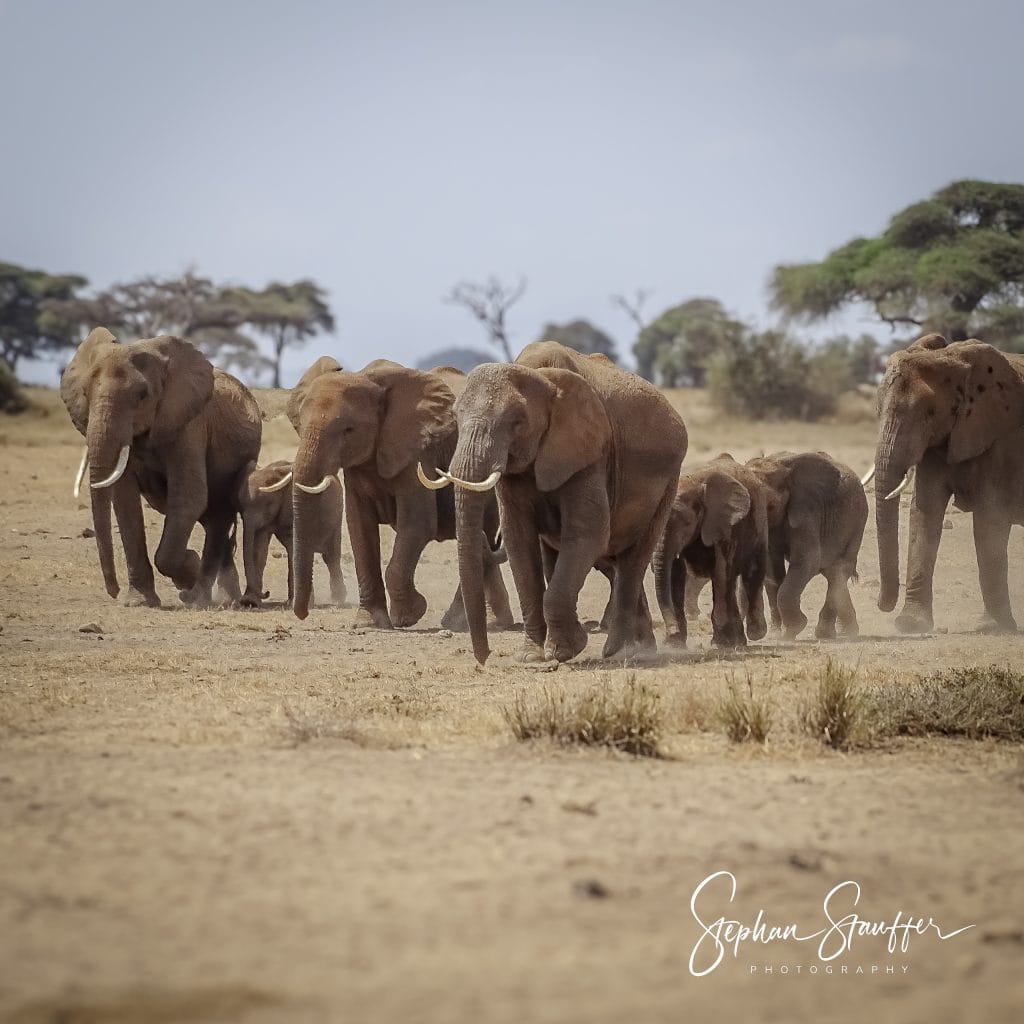In the vast plains of Africa, elephant herds move under the wise guidance of a matriarch – a female leader whose knowledge and experience safeguard the family. Unlike many other animal societies where males dominate, elephant herds are led by the oldest female who steers her family through the challenges of droughts, food scarcity, and threats from predators or human encroachment. Her deep understanding of the land, water sources, and migration paths, built over a lifetime, ensures her herd’s survival and stability.
The matriarch leads by example and wisdom rather than force: known for her patience and decisiveness, she will use vocalizations, physical gestures, and body language to communicate, guiding younger females and calves gently but firmly. In times of crisis, the herd instinctively looks to her for cues, trusting her ability to make the best decisions for their well-being. The matriarch’s role illustrates the power of experience and calm, steady leadership, where respect is earned through knowledge and wisdom rather than physical dominance.
Leadership Lessons from the Elephant Matriarch
The matriarch’s leadership style offers valuable insights for human leaders too: her influence within the herd is a testament to how wisdom and experience, rather than aggression or force, can create a stable and cooperative community. In a business or team environment, a leader who leads like the matriarch values knowledge-sharing, guides by example, and prioritizes the well-being of the group. Just as the matriarch nurtures young elephants to become self-reliant, effective leaders develop and empower their teams, encouraging resilience and growth for the future. Leadership is not about authority – it’s about fostering an environment where others feel secure, valued, and motivated to contribute.
Conservation Challenges and the Importance of Protecting Elephant Herds
Elephants, especially African elephants, are sadly under threat: with their numbers steadily decreasing and only an estimated 400’000 remaining in the wild, these majestic creatures face numerous challenges, from poaching to habitat destruction. The loss of a matriarch is especially devastating to an elephant family, as it can lead to confusion, disruption of migration patterns, and increased vulnerability to threats. Conservation organizations, including the African Wildlife Foundation and Save the Elephants, are working tirelessly to protect these animals through anti-poaching efforts, habitat preservation, and community education programs. Yet, much remains to be done to safeguard their future.
About the Picture
A picture of a herd of elephants marching through the dusty Amboseli National Park in Kenya. The park is at the core of an 8,000 km2 ecosystem that spreads across the Kenya Tanzania border and protects two of the five main swamps in the area. Photo taken in August 2014, all right reserved.





